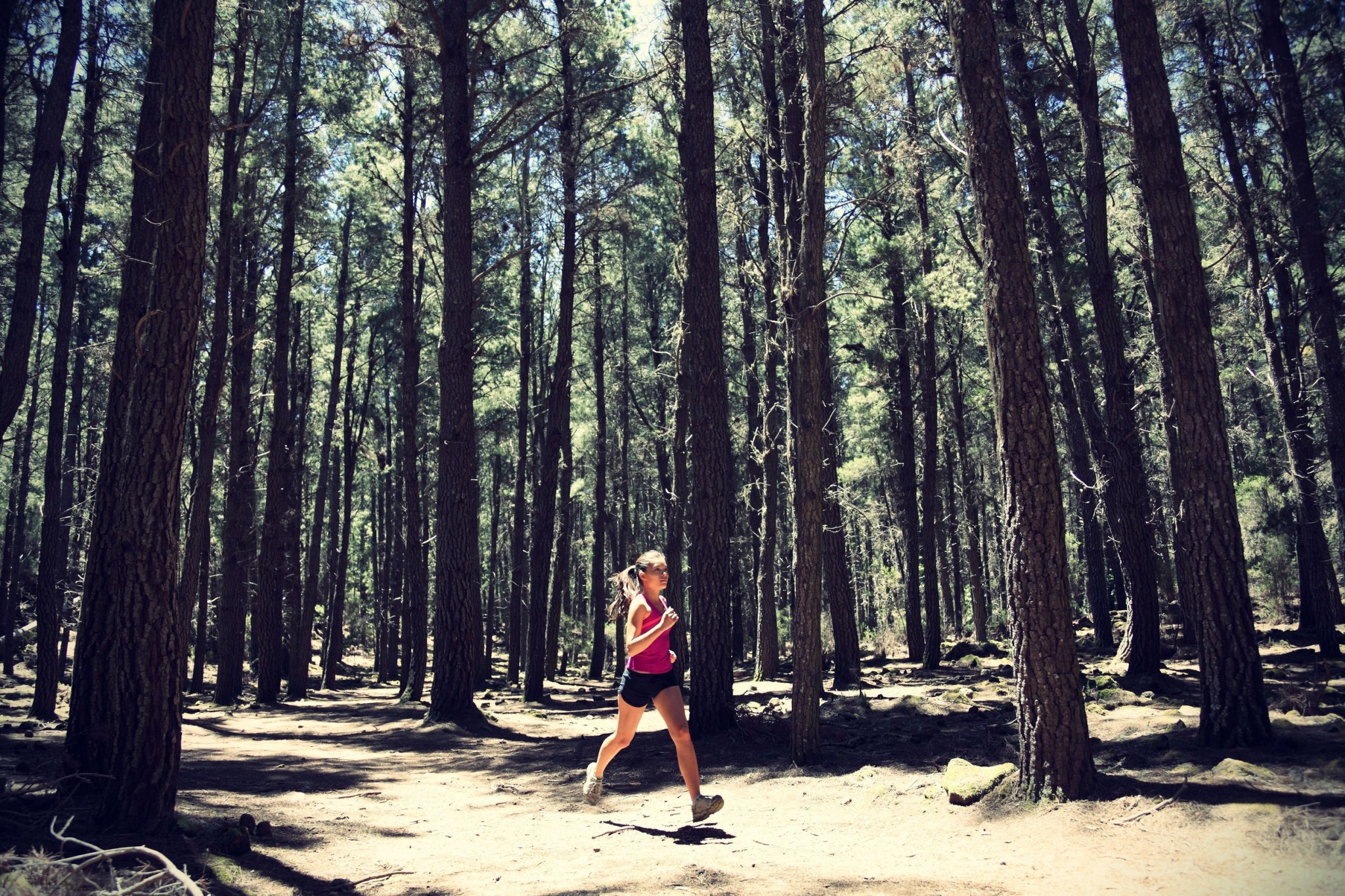Cadence, or how fast your feet are moving during a run, often plays a larger role than stride length in your overall run speed. Increasing your cadence is a sustainable way to get faster and stay faster.
This will be an easier change than you think! We’re not simply saying “run faster.” Increasing your cadence is merely changing how you run by practising proper exercises to get faster.
In this article, we’ve got two drills that will help you build a higher cadence over time. This way, you can maintain it and find a new, quicker normal.
Types of Low Cadence
To begin, let’s figure out why our feet are moving slow in the first place. There are two main styles of low-cadence running.
The first is slow from the start. For some of us, running at a high cadence feels unnatural from the beginning of the run.
While this may seem like an aerobic issue, it is actually neuromuscular. Athletes of all levels can fall into this category. Our cadence starts and remains low simply because our synapses are not firing quickly enough.
The second category of low-cadence runners begin their runs with a high cadence. The trouble comes when fatigue starts to set in, and we start to slump down into that “marathon shuffle.”
This form of low cadence is largely an awareness issue. We get less aware of what our bodies are doing as the fatigue sets in on the run, and the body’s natural instinct without that awareness is to slump and slow down.
Remember, you need a proper run form in order for your feet to run properly and be able to move quickly beneath you.
This means that your back is upright, your neck and shoulders are totally relaxed, your arms are swinging in a strictly forward-back direction (not crossing over your midline), and your hip bones are pointing forward, not down at the ground.
Cadence Workout #1: Baseline Plus Workout
No matter which of the above categories you fall into, these workouts will help you raise your cadence and keep it up.
Once you’ve completed your warm up, and you’ve found your rhythm on your run, go ahead and count the number of times your foot hits the ground over 60 seconds.
Remember that number. Your goal from there is to increase that number by 1 or 2 over the next week. So if your foot hit the ground 78 times in that minute, you’re aiming for 80 over the next week.
Continue this pattern over the next 6 weeks. This is going to raise your cadence in a sustainable way. If your starting number is already fairly high, the overall increase might not be as large, and that’s okay.
Something to note: to maintain this new, higher cadence, you will need to shorten your stride. This may feel weird at first, like you’re taking baby steps. Hang in there! You will get used to it and your body will adjust.
If you keep your stride as long as it normally is, you are asking a lot of your aerobic system, likely too much. Remember, our goal is here is sustainable cadence change.
Cadence Workout #2: High Cadence Interval Set
Keep the same number in mind for the second workout. Instead of only increasing by 1 or 2, we are going to increase by 6-10 steps per minute for this drill.
For 60 seconds, run at an exaggerated high cadence with 6-10 more steps per foot than you normally take. After that, take a one-minute rest, and repeat. You will repeat this drill 5 times.
While it may seem like it is, this is not a sprinting drill. We’re going to differentiate these exaggerated high cadence efforts from a sprint by shortening our stride.
Tracking Tips
To count the number of times your foot is hitting the ground, there are several tools you can use.
Just simply counting in your head a great option, as it’s accurate and it keeps you present in your run.
Another option would be to use a metronome. There are plenty of metronome apps out there that allow you to set your speed, or how many beats per minute you want.
This is a simple option for when you are trying to increase your cadence, because you simply set your metronome to your target speed and stick to it!
One last tip: jump rope! Jumping rope is a great way to practice keeping your body in a rhythm, and to get those neuromuscular synapses firing more quickly. Incorporate jumping rope into your warm up to make these cadence drills easier down the stretch.
And there you have it! Incorporating these drills into your run and workout schedule is going to train your body to pick up your cadence in a gradual, sustainable way. This will help you maintain run form all throughout your runs, and to lower those overall splits.




